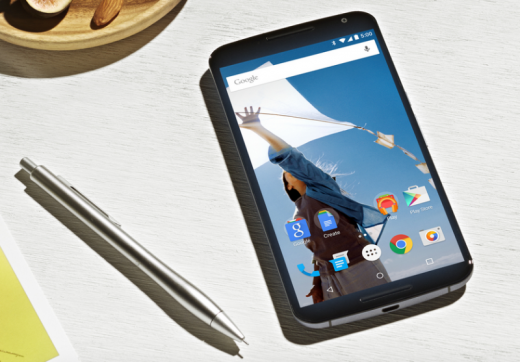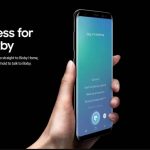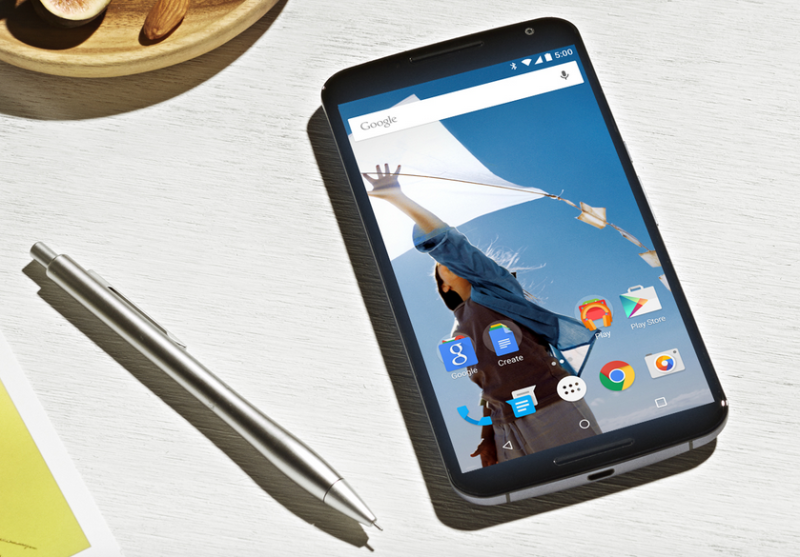Size Matters: Phablets Reach 20 Percent Penetration Of Smartphone Market
Larger-screen smartphones now 36 percent of overall active Android market.

When it comes to smartphones (screen) size matters. According to data from Flurry (Yahoo), so-called phablets now constitute 20 percent of all active smartphones globally. That’s up from roughly 3 percent two years ago and up from 6 percent in January 2014.
Many analysts blame the ballooning screen size of smartphones for humbling and slowing sales of tablets. I suspect we would see better mobile conversion rates on phablets than conventional smartphones if those data were segmented out.
Phablets are classified by Flurry (and others) as devices with screen sizes between 5 and 7 inches. Here’s Flurry’s breakdown of screen sizes:

In Asia larger-screen smartphones now represent 50 percent of the active user base. The iPhone 6 Plus has seen its greatest success in those markets. While larger form factor devices have been quite successful; it’s not universal across devices and markets.
Google indicated on its most recent earnings call, for example, that early demand for the Nexus 6 has given way to disappointing sales more recently (one potential reason it’s the exclusive device for Google Fi).

While the iPhone 6 Plus represents about 4 percent of active iOS users globally, on Android 36 percent of active users worldwide are on larger-screen smartphones. Android tablets represent only 9 percent of the total market vs. nearly 30 percent for iOS. Larger screen Android smartphones and the general weakness of Android tablets (save the Nexus 7) are largely responsible for this.
Most higher-end Android phones are now at least 5 inches and many larger than that. Increasing screen size has been one way that Android OEMs have competed with the iPhone and each other. At 6 inches the Nexus 6 has its share of critics who believe the phone is too large. (I really like it and don’t agree.) I believe we’ll probably see higher end Android phones standardize around 5.5 inches.
I hope we’ll either find another term or simply lose the term “phablet” as these larger devices become more common. On a more serious note, as I indicated above, larger-screen phones offer a “larger canvas” and make all kinds of tasks and transactions easier on smartphones. That’s helpful to publishers, marketers and e-commerce providers.
(Some images used under license from Shutterstock.com.)
Marketing Land – Internet Marketing News, Strategies & Tips
(276)















